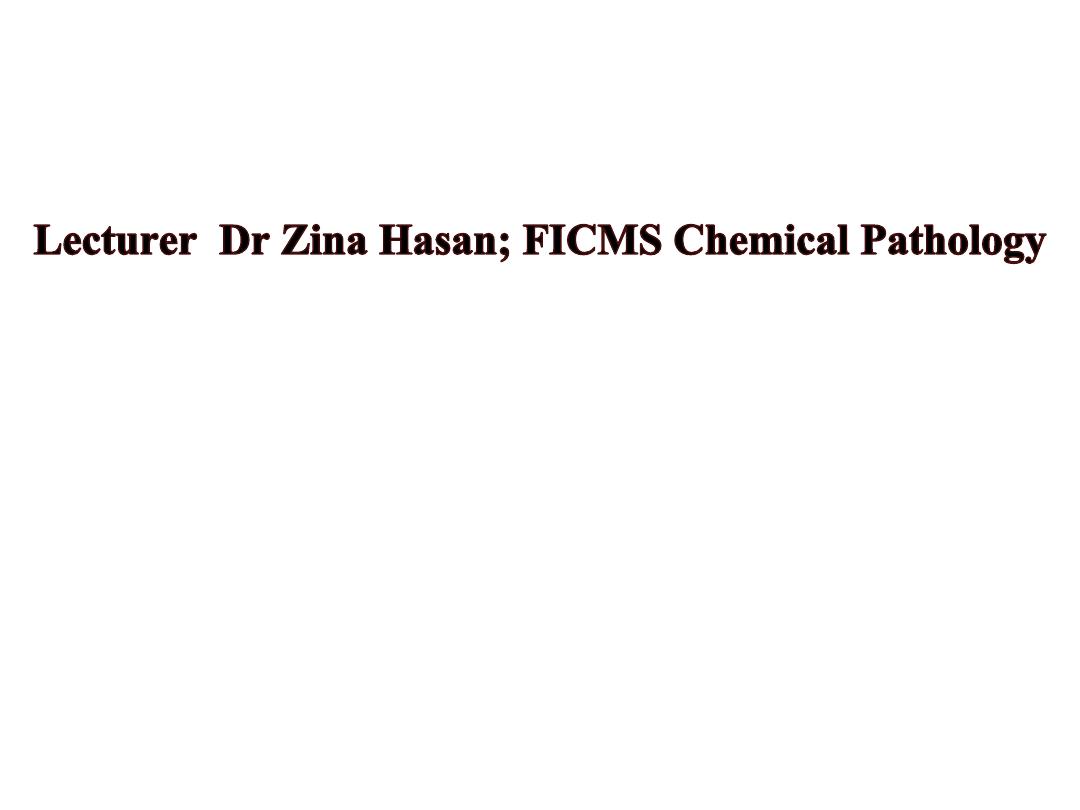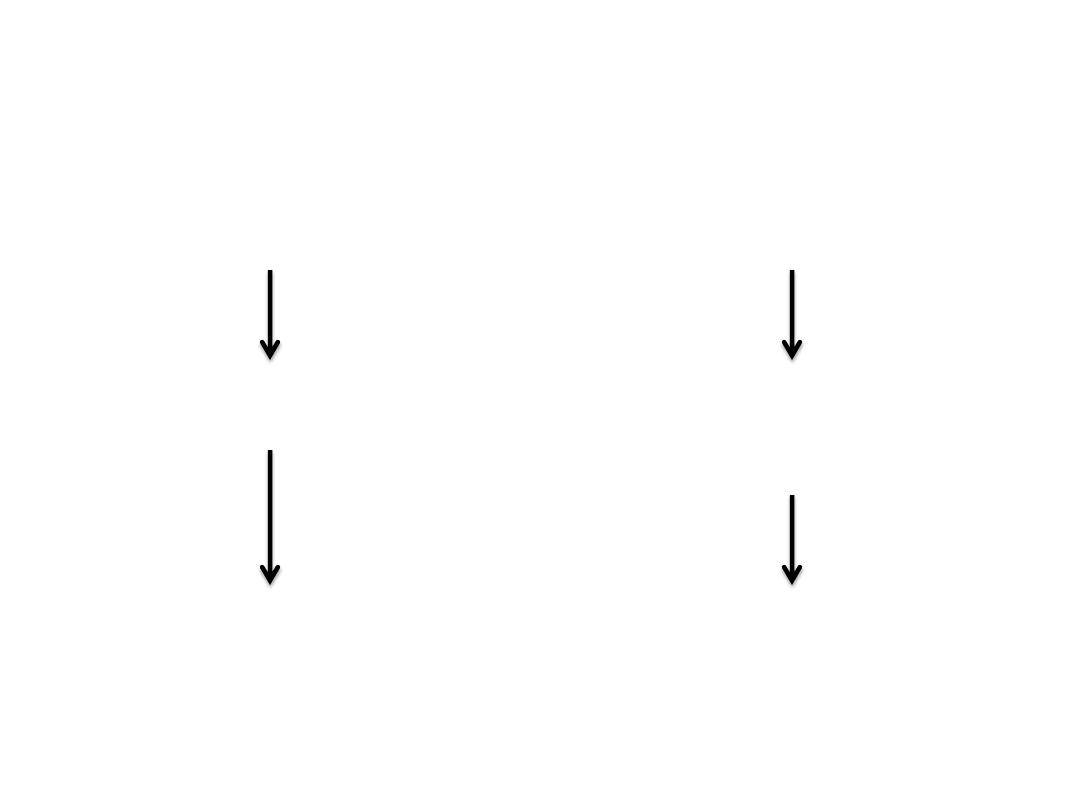
Objectives:
List the major functions of the kidney.
Classify major diseases affecting the kidney.
Differentiate between Acute Renal failure & Chronic
Renal failure.
Evaluate proteinuria, nephrotic syndrome, & renal
stones.
Diseases of the Kidney

Functions of the Kidney:
1. Excretion of waste products.
2. Maintaining extracellular fluid volume.
3. Hormone synthesis.
Normal function of the kidney depends on
the following:
1. An adequate blood supply (20% of cardiac output)
2. Normal secretion & feedback control of hormones
acting on the kidney.
3. The integrity of glomeruli & tubular cells.

Function of the nephron
Function of the glomerulous
Filteration
Passive
Function of the tubules
concentration & dilution
of urine
Active

Classification of Kidney diseases:
1. Acute renal dysfunction (failure)
2. Chronic renal dysfunction (failure)
3. Nephrotic syndrome.
4. Glomerulonephritis.
5. Renal stones.

Diseases of the Kidney
1. Acute renal dysfunction (failure)
• Oliguria is urine output < 400 ml/day, it is an
indicator of low GFR and ARF.
1. Acute oliguria with decreased GFR (Pre-renal).
• It is due to renal circulatory insufficiency caused by:
a. Intravascular depletion (hemorrhage, GIT loss,
etc…)
b. decreased pressure by vascular dilatation (shock).

Diseases of the Kidney
2. Acute oliguria due to intrinsic renal damage
(Renal).
• Oliguric phase.
• Polyuric phase.
3. Acute oliguria due to renal outflow obstruction
(Post-renal).
• Intra-renal obstruction.
• Extra-renal obstruction.

Diseases of the Kidney
2. Chronic renal dysfunction (failure)
• It is renal damage persisting for more than 3 months,
it has two main phases:
Polyuric phase.
Oliguric or anuric phase →dialysis.

Diseases of the Kidney
3
. Proteinuria:
• Detection of protein in urine > 300 mg/day.
• Nephrotic syndrome: proteinuria > 5 gm/day
characterized by:
1. Proteinuria.
2. Hypoproteinamia.
3. Oedema.

Diseases of the Kidney
4.
Glomerulonephritis.
A group of renal diseases that are characterized by
pathological changes in the glumeruli with an
immunological basis.
It may present as ARF or CRF or NS.

Diseases of the Kidney
5. Renal stones:
Products of metabolism present in normal glomerular
filterate.
• Causes:
1. Increased urinary concentration of a substance because:
a. Decreased urinary volume.
b. Increased excretion of the substance.
2. Changes in pH of urine caused by bacterial infection.
3. Urinary stagnation.

• Types of renal stones:
1. Calcium stones. 80%
2. Magnesium, ammonium, phosphate stones. 10%
3. Uric acid stones. 8%
4. Xanthine, cystine, etc..2%
Diseases of the Kidney

References
1. Clinical chemistry & Metabolic medicine by Martin
A. Crook; 7th edition 2008. Chapter 3.
2. Clinical Chemistry by Michael L. Bishop and
colleagues; 4th edition 2005. Part III, chapter 24.
3. Clinical Chemistry by William J Marshall &
Stephen K Bangert; 6th edition 2008. Chapter 4.
